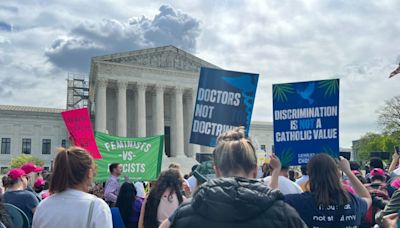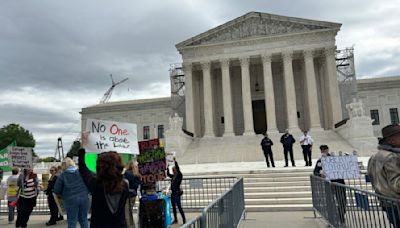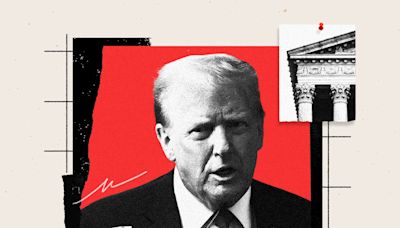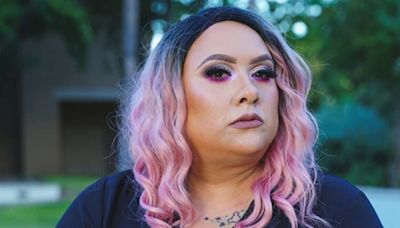Search results
- DictionarySu·preme Court/səˌprēm ˈkôrt/
noun
- 1. the highest judicial court in a country or state.
People also ask
What does the Supreme Court do?
What does Supreme Court mean?
What is the courtroom of the Supreme Court?
When was the Supreme Court established?
The Supreme Court of the United States (SCOTUS) is the highest court in the federal judiciary of the United States. It has ultimate appellate jurisdiction over all U.S. federal court cases, and over state court cases that turn on questions of U.S. constitutional or federal law.
- Overview
- Scope and jurisdiction
- Size, membership, and organization
Supreme Court of the United States, final court of appeal and final expositor of the Constitution of the United States. Within the framework of litigation, the Supreme Court marks the boundaries of authority between state and nation, state and state, and government and citizen.
The Supreme Court was created by the Constitutional Convention of 1787 as the head of a federal court system, though it was not formally established until Congress passed the Judiciary Act in 1789. Although the Constitution outlined the powers, structure, and functions of the legislative and executive branches of government in some detail, it did n...
The organization of the federal judicial system, including the size of the Supreme Court, is established by Congress. From 1789 to 1807 the court comprised six justices. In 1807 a seventh justice was added, followed by an eighth and a ninth in 1837 and a tenth in 1863. The size of the court has sometimes been subject to political manipulation; for example, in 1866 Congress provided for the gradual reduction (through attrition) of the court to seven justices to ensure that President Andrew Johnson, whom the House of Representatives later impeached and the Senate only narrowly acquitted, could not appoint a new justice. The number of justices reached eight before Congress, after Johnson had left office, adopted new legislation (1869) setting the number at nine, where it has remained ever since. In the 1930s President Franklin D. Roosevelt asked Congress to consider legislation (which it subsequently rejected) that would have allowed the president to appoint an additional justice for each member of the court aged 70 years or older who refused to retire.
According to the Constitution, appointments to the Supreme Court and to the lower federal courts are made by the president with the advice and consent of the Senate, though presidents have rarely consulted the Senate before making a nomination. The Senate Judiciary Committee ordinarily conducts hearings on nominations to the Supreme Court, and a simple majority of the full Senate is required for confirmation. When the position of chief justice is vacant, the president may appoint a chief justice from outside the court or elevate an associate justice to the position. In either case a simple majority of the Senate must approve the appointment. Members of the Supreme Court are appointed for life terms, though they may be expelled if they are impeached by the House of Representatives and convicted in the Senate. Only one justice has been impeached, Samuel Chase, who was acquitted in 1805. In 1969 Abe Fortas resigned under threat of impeachment for alleged financial improprieties unrelated to his duties on the court.
Britannica Quiz
U.S. History Highlights: Part One
- Supreme Court Background. Article III of the Constitution establishes the federal judiciary. Article III, Section I states that "The judicial Power of the United States, shall be vested in one supreme Court, and in such inferior Courts as the Congress may from time to time ordain and establish."
- The Justices. Over the years, various Acts of Congress have altered the number of seats on the Supreme Court, from a low of five to a high of 10. Shortly after the Civil War, the number of seats on the Court was fixed at nine.
- The Court's Jurisdiction. Article III, Section II of the Constitution establishes the jurisdiction (legal ability to hear a case) of the Supreme Court. The Court has original jurisdiction (a case is tried before the Court) over certain cases, e.g., suits between two or more states and/or cases involving ambassadors and other public ministers.
- Cases. When exercising its appellate jurisdiction, the Court, with a few exceptions, does not have to hear a case. The Certiorari Act of 1925 gives the Court the discretion to decide whether or not to do so.
The Court is the highest tribunal in the Nation for all cases and controversies arising under the Constitution or the laws of the United States. As the final arbiter of the law, the Court is charged with ensuring the American people the promise of equal justice under law and, thereby, also functions as guardian and interpreter of the Constitution.
Apr 3, 2024 · The meaning of SUPREME COURT is the highest judicial tribunal in a political unit (such as a nation or state). How to use supreme court in a sentence.
May 11, 2010 · The Supreme Court of the United States (or SCOTUS) is the highest federal court in the country and the head of the judicial branch of government. Established by the...
noun. the highest Federal court, possessing final appellate jurisdiction and exercising supervisory jurisdiction over the lower courts. (in many states) the highest state court. Supreme Court. A federal court; the highest body in the judicial branch.






